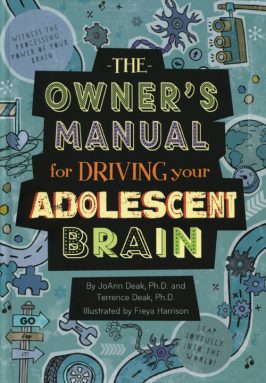An owner’s manual for the adolescent brain
A new guide helps teens better understand changes in their developing brains

Most pre-teens know what to expect of their bodies during adolescence. But what about their brains? A new book provides an introduction to neuroscience and the teenage brain.
yongkiet/iStockPhoto
 Being a teenager can be a tough experience. Thankfully, there are many books that help explain the changes that adolescents will go through on the road to adulthood. Many helpfully prepare pre-teens for acne, growth spurts and the sudden emergency of body hair in new places. But while most of these books have a lot of advice to address the changes reflected in the mirror, relatively few have had much to say about how to handle the shifts that are about to take place deep inside the brain. Until now.
Being a teenager can be a tough experience. Thankfully, there are many books that help explain the changes that adolescents will go through on the road to adulthood. Many helpfully prepare pre-teens for acne, growth spurts and the sudden emergency of body hair in new places. But while most of these books have a lot of advice to address the changes reflected in the mirror, relatively few have had much to say about how to handle the shifts that are about to take place deep inside the brain. Until now.